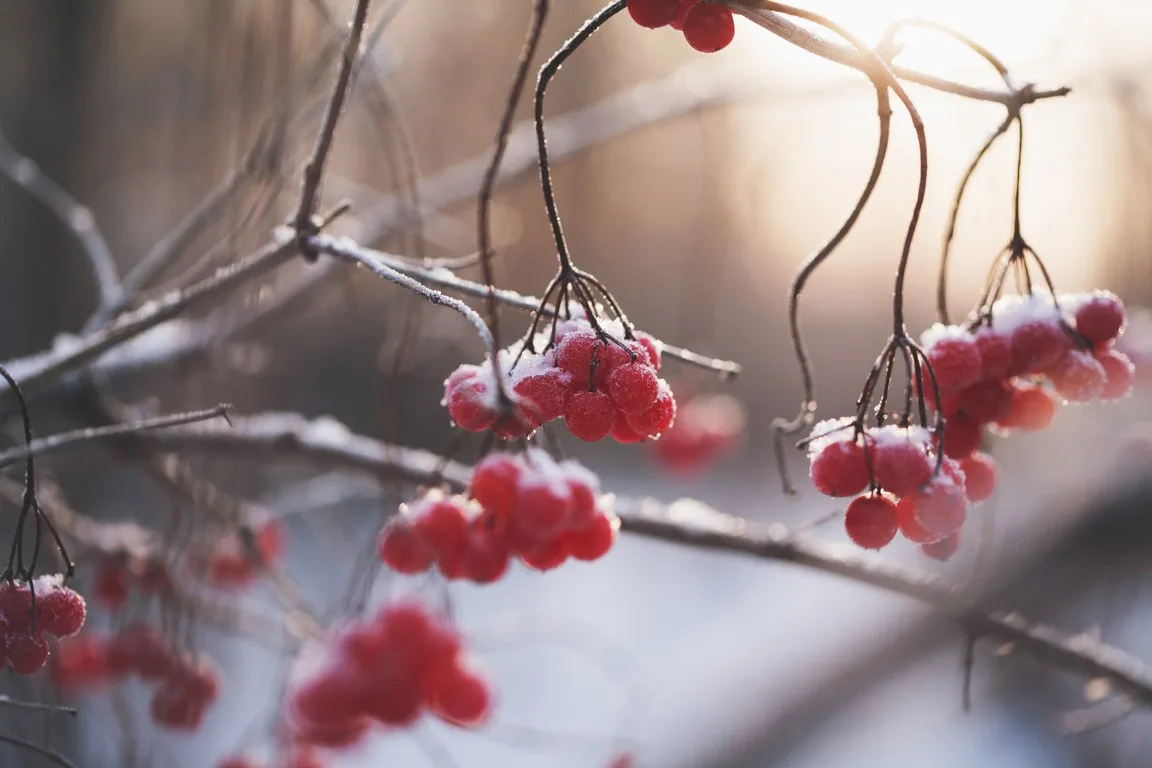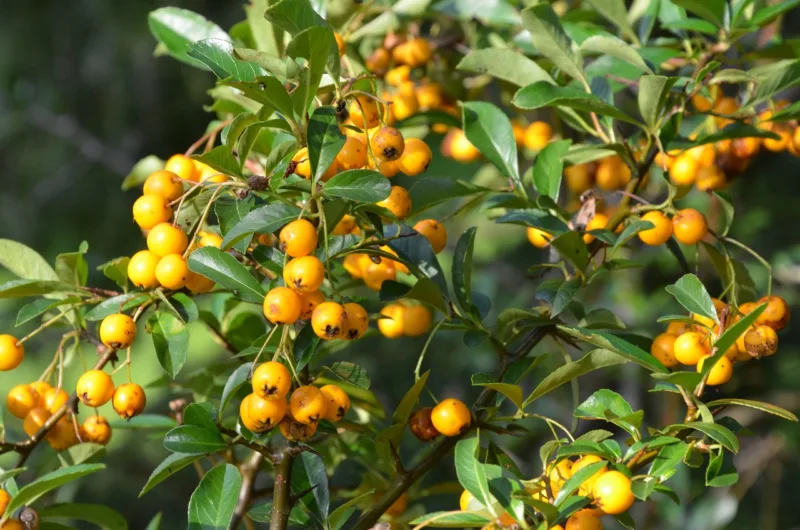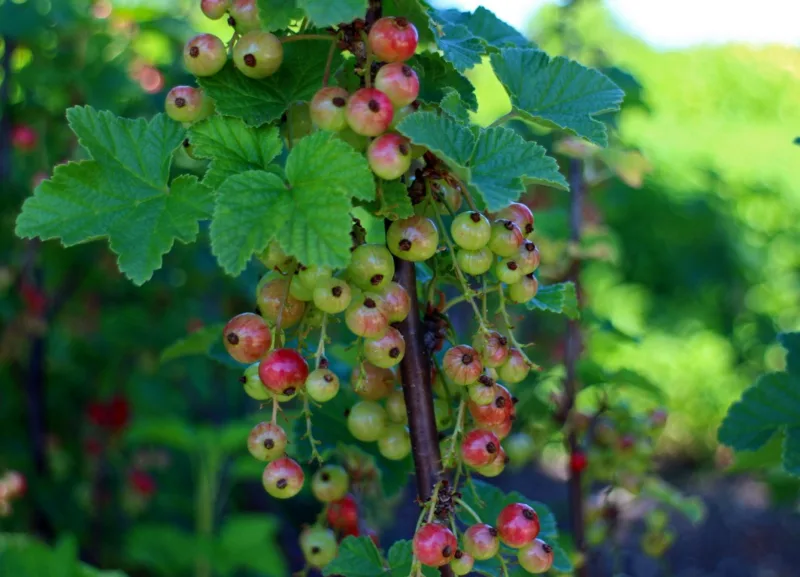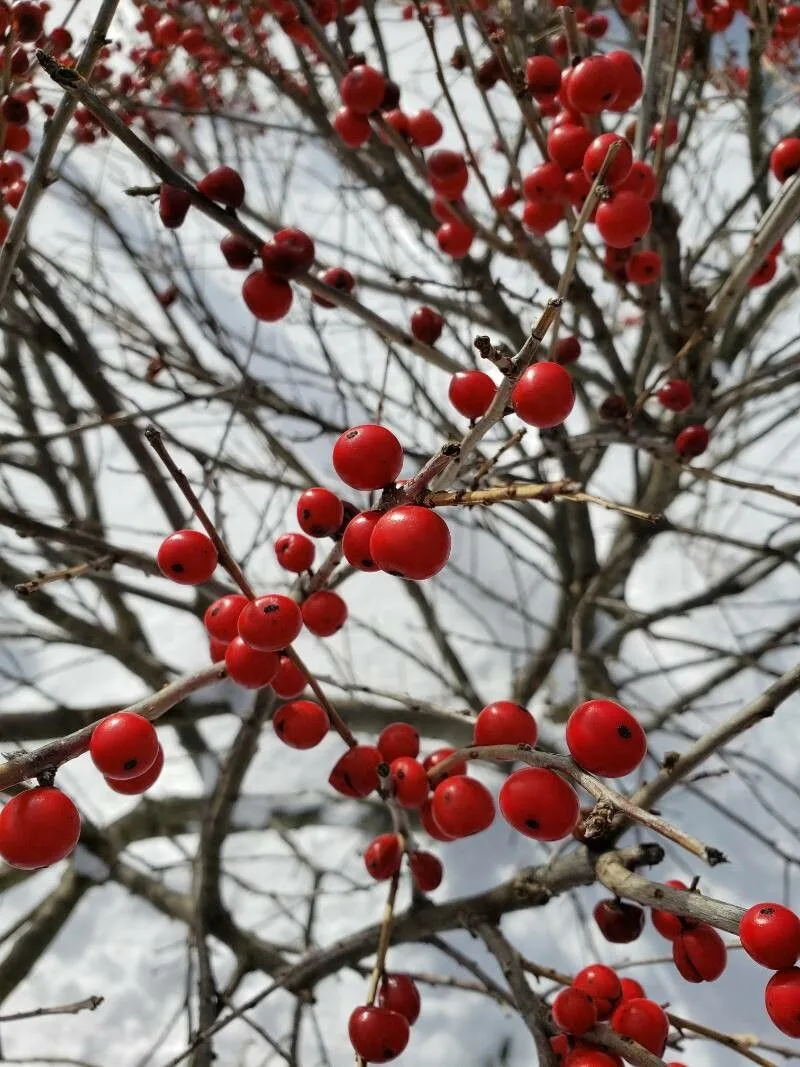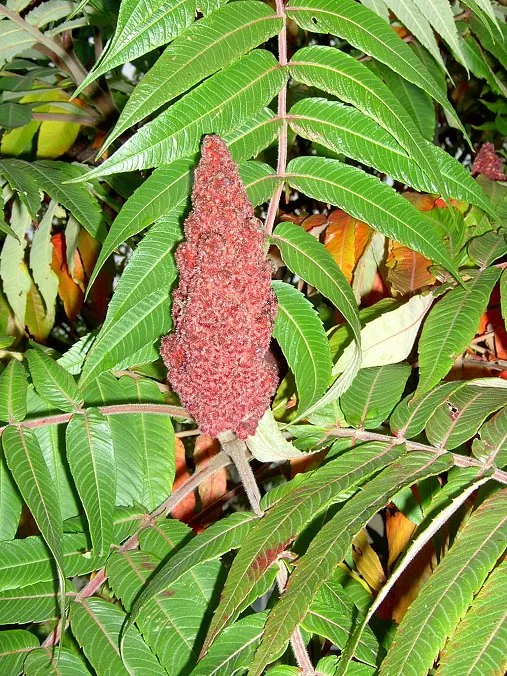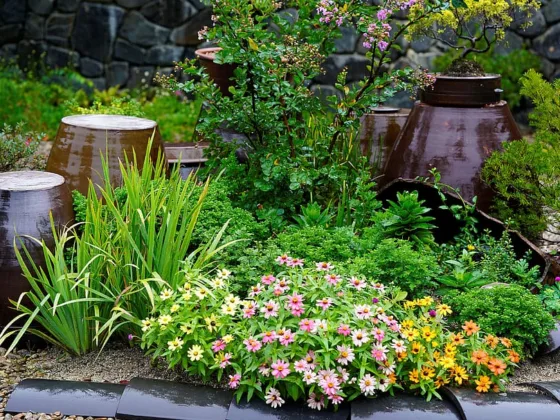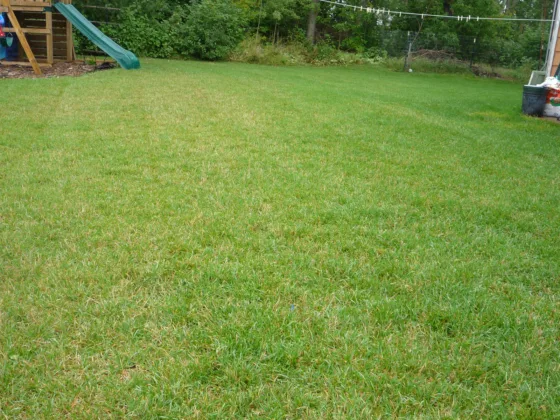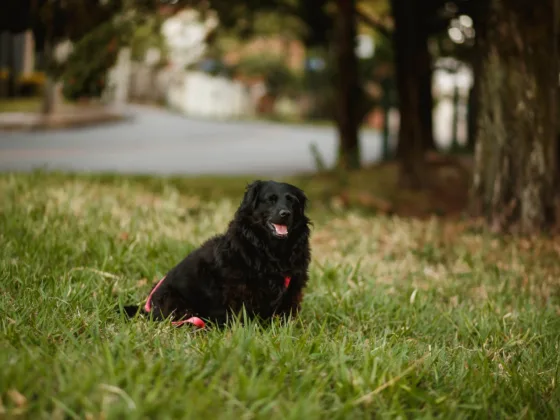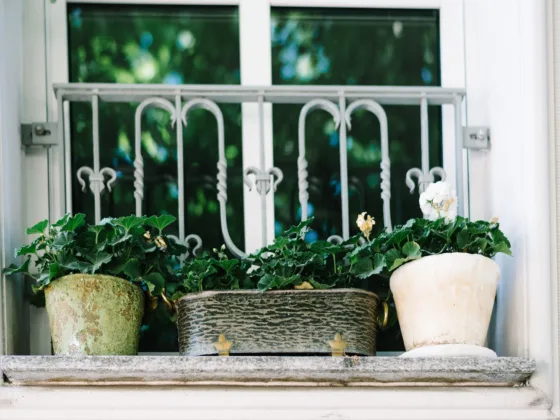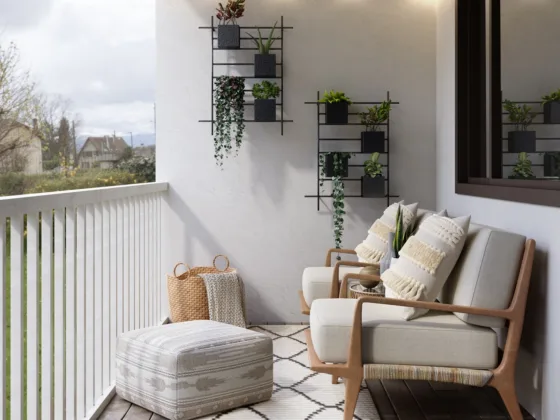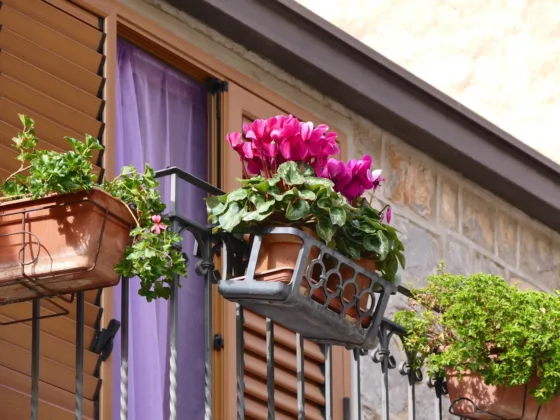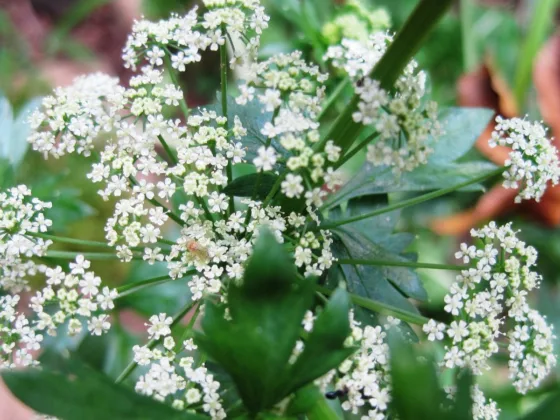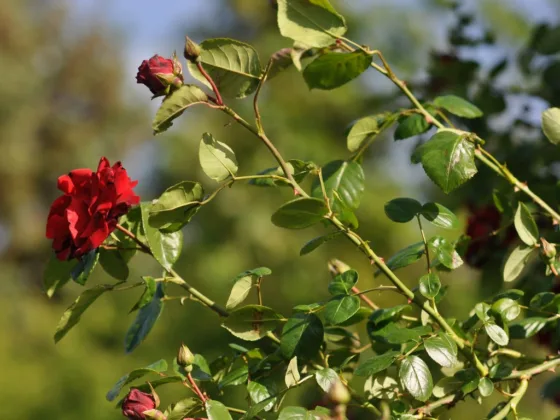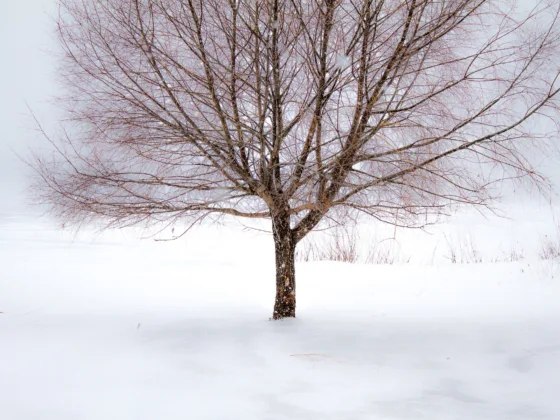Some varieties of ornamental or flowering crabs with persistent fruit to consider are:
- Burgundy (M. ‘Burgundy’), edible purple fruit persistent through March
- Centurion (M. ‘Centurion’), fluorescent-red fruit persistent until March
- Donald Wyman (M. ‘Donald Wyman’), ornamental and edible red fruit to March
- Indian Summer (M. ‘Indian Summer’), edible red fruit for a long period from September through to March
- Ormiston Roy (M. ‘OrmistonRoy’), ornamental and edible orange fruit
- Pink Spire (M. ‘Pink Spires’), with small purplish red fruit
- Red Splendor (M. ‘Red Splendor’), clusters of long-lasting red fruit
- Rudolph (M. ‘Rudolph’), gets its name from bright red fruit that persists through to January
- Selkirk (M. ‘Selkirk’), fireblight resistant with bright red fruit
- Sugar Tyme (M. ‘Sugar Tyme’) ornamental edible red fruit until March
In addition, the color only seems to last into December when the colder months cause the berries to collapse and fall from the plant.
There are many different and new varieties of plants being developed by growers every day.
The selection of plants listed above is intended for the novice northern gardener and should be considered when planning a landscape.
Adding color through fruit-bearing plants for an added winter effect or to entertain birds and other wildlife will heighten the pleasure of any garden.
